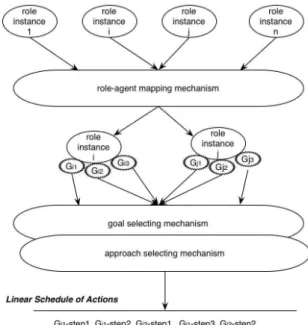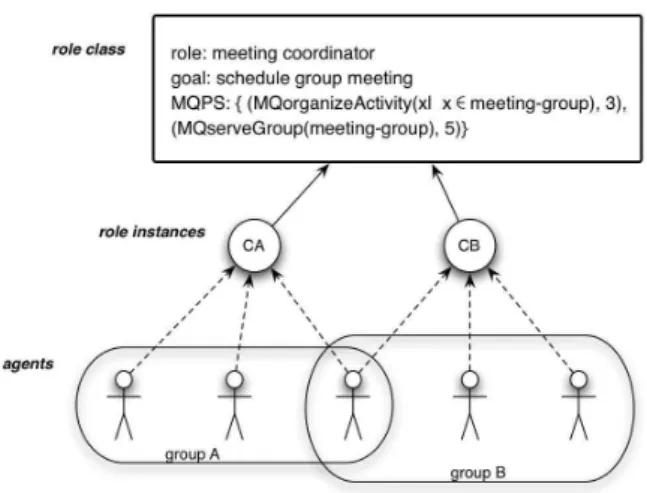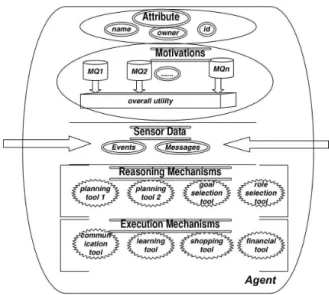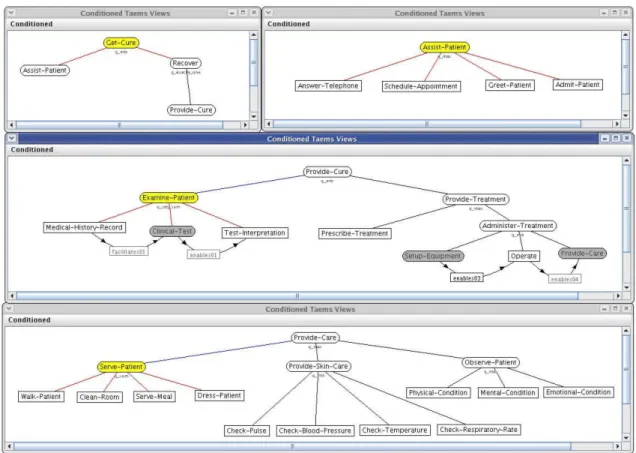J. Braz. Comp. Soc. vol.13 número2
Texto
Imagem




Documentos relacionados
We investigate how Cougaar components may be composed into a General Cougaar Application Model (GCAM) and used to develop a General Domain Application Model (GDAM) for specifying
The input for this coding is composed by the following items: the list of possible features to be used, an integer value max- Offset, the number of templates to be generated and
Rsegm id: 4 busy: false station: false Rsegm id: 2 busy: false station: false Rsegm id: 3 busy: false station: true Rsegm id: 1 busy: false station: true nextr nextr nextr nextr
The papers address the use of agents and ontologies for developing semantic web applications, the problem of governing multi-agent systems and specifying flexible interaction laws
It is also based on a particle filter, but differently from the algorithm proposed in the previous section, the particles are weighted based on the matching of the sensor data and
Norms are jointly used with the protocol specification, constraints, actions and also temporal elements, to provide a dynamic configuration for the allowed behavior of agents in
The governance mechanism is composed of three subsystems: (i) the judgment subsystem is responsible for receiving the testimonies and for providing a decision (or verdict)
Different from standard object- oriented implementations using Java RMI and Java IDL, the described interfaces and classes do not have any tangled code related to distribution..


